Diving Into the Exuberant World of JoJo’s Bizarre Adventure
From 1880s England to the Italian Mafia, take a dive into the weird and wacky world of JoJo’s Bizarre Adventure.
Hirohiko Araki’s JoJo’s Bizarre Adventure is one of the longest running (and most popular) franchises in Japanese history. This momentum began immediately in 1987 with the first part, Phantom Blood, and has been going strong ever since, now on its eighth installation JoJolion starting in 2011. If you’re interested in anime/manga or looking for something new to watch, JoJo’s Bizarre Adventure may be for you.
Araki is often praised for his ability to take huge risks with his stories, risks that weren’t heard of in 1987, when anime such as Dragon Ball Z were taking center stage. Each volume, or “part” takes place in a new setting, each of them following a descendant of the Joestar bloodline, a royal family in 1880’s England. The first part, Phantom Blood, was introduced into animated form in late 2012 and follows a young Jonathan Joestar, and his rivalry with another boy, Dio Brando, which moved into the Joestar manor after his father saved Jonathan’s father’s life.
Dio is hellbent on undermining Jonathan and taking his families fortune, causing Jonathan nothing but pain for years of his life. Dio slowly chips away at Jonathan’s spirits by earning the praise of Jonathan’s father over him, meddling in his love life, and even burning Jonathan’s beloved dog Danny alive. Having reached the point of no return, Dio Brando dawns The Stone Mask, an ancient Joestar artifact that turned Dio into an immortal vampire.
This then shifts the tides from a venomous brotherly rivalry to a battle to the death. Throughout the next few parts, following in Jonathan’s footsteps, part two, Battle Tendency, follows Jonathan’s grandson, Joseph Joestar, in 1940’s New York, in the midst of World War II. Part three, Stardust Crusaders follows his grandson, Jotaro Kujo in 1989, taking on Dio (now in vampire form) once more. The story continues in part 4 with Jonathan’s descendants tracking down a serial killer. What makes this show so unique and makes it rival other hit shows is its strong ability to let go of characters and start fresh. Most other shows have the same protagonist for 6 seasons and a movie, That’s no fun, is it? JoJo has eight parts, eight protagonists, one thing in common: their nicknames are all JoJo. Araki believes that once a characters story is told, it’s time to let go and start fresh. Another strong aspect about the show is the authors love for western music, as is reflected in his work. Most if not all characters are named after western musicians, songs, albums, or bands that he enjoys, such as Areosmith, Man in the Mirror, The Gold Experience, or Esidisi (pronounced AC/DC).
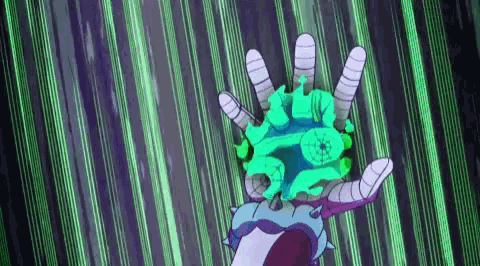
Introduced in part three are what are known as “Stands.” Stands are the manifestation of ones inner fighting spirit, and can take any form imaginable. For example, Jotaro’s Stand, Star Platinum (Named after the Tarot Card The Star) is a large, muscular being with overwhelmingly powerful strength. However another character, Okuyasu Nijimura’s stand The Hand, can wipe anything and everything out of existence with a swipe of its hand. Stands are the most important key element in the series, as all combat with opponents is done through cleverly executed and well thought out Stand battles. Not everyone is capable of being a Stand user, and Stands can only be seen by people with a Stand Ability of their own.
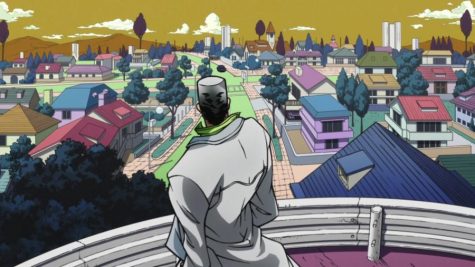
Another unique trait in JoJo’s style is the color and clothing of all characters. In his world, people dress in large, boisterous outfits with loud and crazy colors. Araki is quoted as saying “None of my characters have a canon color palette,” Meaning that while some colors are widely accepted, no characters have an official color set, allowing them to change the colors of the scene depending on a wide variety of reasons, such as action, suspense, drama or excitement. The most common example of this is in Part 4, Diamond is Unbreakable, where the main setting of the fictional town Morioh, Japan, has a deep yellow sky instead of the familiar blue, as well as vibrant and drastically different colored houses.
Of course the name of the series is reflected in the show, as it lives up to the moniker bizarre. The humor, especially in the latter parts, is perfectly timed and hilarious. As a fan, the concept of the show feels normal, but as an outsider, an angry teen, a grandpa, a French man and a talking dog fighting a vampire is, well… definitely bizarre. It’s a series that doesn’t take itself too seriously, while still having compelling characters with believable motives and traits. The most lovable aspect of the show is it’s ability to keep the watchers attention while not feeling like a chore to sit through.
Part five, Vento Aureo/Golden Wind, is by far the most popular, with its Anime adaptation hitting screens in late 2018, and ending summer of 2019. This adaptation ended up surging JoJo’s popularity even further, and broadening the reach and popularity of the show. One song, a main protagonist theme song titled il vento d’oro, became a staple in internet culture when it went viral as a sound on TikTok. As of now, parts 1-5 have been adapted into anime, with subtitles or with dubbed audio, with parts 6-8 still exclusively in manga form. This is in addition to a movie, 4 books, and several product lines such as Joylne: Fly High with Gucci and Vento Aureo x Vans.
Whether you’re just getting into anime, or you’re a veteran who’s just never been interested in it, JoJo’s Bizarre Adventure is the perfect series to dip your toes into. It’s dramatic, comical, and exciting. All done with impeccable style.
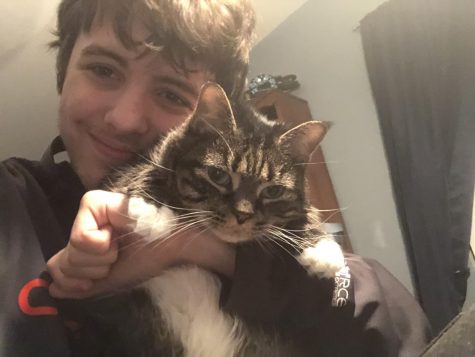
Hi! My name is Nick Kroetz. You might know me from Patriot Press Live, our online news show last year. I am in tenth grade, taking Journalism II, and I...

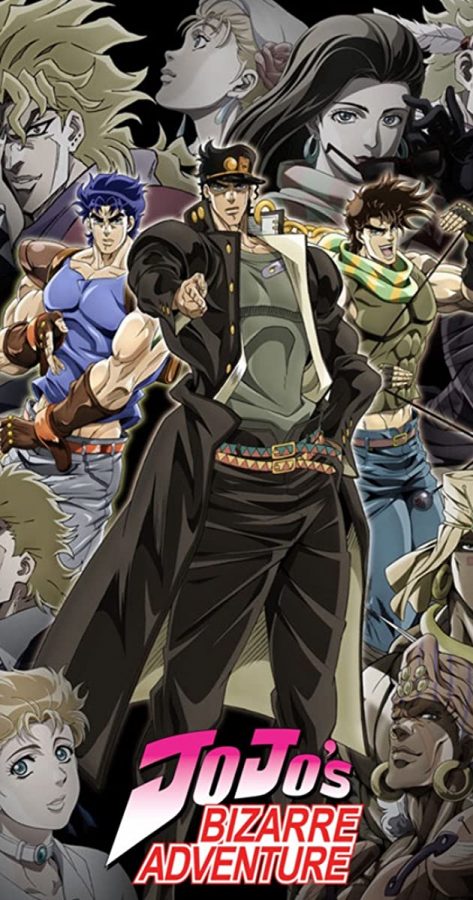
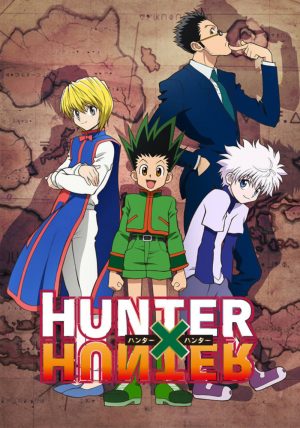


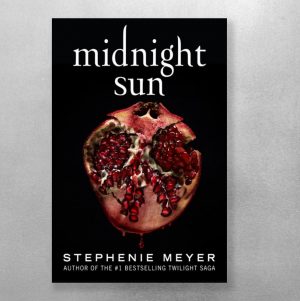





Wyatt Adams • Jan 11, 2021 at 7:47 am
Wow this article was great! I am definitely a fan on anime I have however never tried watching Jojo’s but I might have to now.
Braeden Meadows • Nov 30, 2020 at 3:52 pm
This is an awesome article! As a fan of Japanese media, I’m glad were getting more coverage of it lately.
My experience with JoJo is pretty surface level (Watched all of the first season, seen bits and pieces of Stardust Crusaders and Diamond Is Unbreakable) but this article really reinvigorated my interest and I might actually end up trying to dive into the manga soon. You do a really good job explaining the core concepts and themes of the series.
dallas alphonso • Nov 30, 2020 at 2:34 pm
great article nick! even tho i’m a big fan of entertainment and shows and movies i don’t really like anime but this really seems like you did a great job summarizing the show!
Kayla Moyer • Nov 30, 2020 at 10:24 am
This is written really well. I have never really been into anime but I might have to give this a try.
Keely Crane • Nov 30, 2020 at 8:11 am
Great article! I have never been that much into anime, but you did an amazing job summarizing this show. I like how in depth you went into explaining the show and also, I like how you included a gif into the article; it made it very intriguing.
Nic Ciampaglione • Nov 30, 2020 at 7:48 am
I can always appreciate someone’s passion towards their favorite things. You had more than enough detail and clearly want more people to see a show you love, and that makes this enjoyable.
Andrew Ryman • Nov 24, 2020 at 11:52 am
This article had a lot of good detail in it. I enjoyed reading it even though i’m not into that kind of stuff.